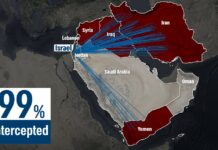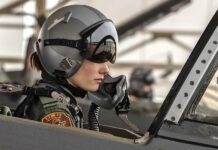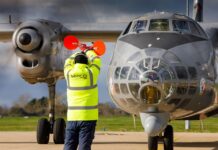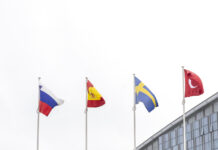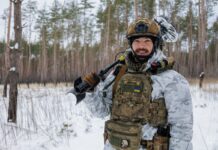It is almost a year since Russia began what it called its ‘Special Military Operation,’ in reality its invasion of Ukraine. What was supposed to be a campaign that was to last a matter of days, that was supposed to see the decapitation of the political and military leadership in Kyiv, leading to the rapid collapse of Ukraine resistance has become a protracted and complex conflict. Many of the preconceptions held before February 2022 on the ability of the military in Ukraine to resist, the resilience of its leadership and the will of the people to support the fight in Ukraine have been proven incorrect. Equally, some of the preconceptions held about the capabilities, leadership and doctrine of the Russian Army have proven equally incorrect. In this article, we will look at the UAV aspects of the current Ukraine conflict, with our main emphasis being on the trials and tribulations of Russia’s UAV capabilities.
What has occurred in Ukraine since February 2022 is only the latest, but most intense, bloody and destructive, phase of a conflict that dates back to 2014. The initial phase of the conflict in 2014/2015 saw the annexation of the Crimea and War in the Donbas leading to the establishment of separatist enclaves in Donetsk and Luhansk. At that time there was a great deal of speculation that Russia had managed to develop a ‘new generation warfare’ concept, integrating both conventional and unconventional operations, and that the Russian Army with its Battalion Tactical Groups had developed a new operational structure for manoeuvre warfare. Innovation was the name of the game, and all of a sudden the Russian military was taking the lead in generating what for many might be seen as a new revolution in military affairs.
The initial phase of the conflict in the Donbas inevitably led to a number of analyses being written, one that was somewhat influential was written by Phillip Karber, a defence analyst who had visited Ukraine on a number of occasions during the 2014/2015 phase of the conflict, and Lieutenant Colonel Joshua Thibeault, a US Army operations research system analyst, published in Army, June 2016. The authors note that: “the struggle in Ukraine has involved the largest-scale battles in Europe since the end of World War II.” Until the February 2022 invasion, it was hard to disagree with that statement.
In the article entitled “Russia’s New Generation Warfare,” the authors describe a number of UAV-related developments. The first of these is in the context of electronic warfare (EW), commenting on the importance of EW for the Russian Army, they classify four key EW missions, one of which is defeating UAVs. They note that: “electronic warfare is the single largest-killer of Ukrainian systems, by jamming either the controller or GPS signals.” It is important to bear in mind that Ukraine’s military of 2014/2015 was a totally different proposition to Ukraine’s military of 2022. Back in 2014/2015 the leadership was weak and slow to react, equipment was of variable quality, and often limited in quantity, and support services were indifferent. There were some Ukraine Ground Forces units that were well-led and of higher quality, but these were exceptions. It would be fair to say that in the initial period of the 2014/2015 conflict, Ukraine’s forces were in second-place both qualitatively and quantitatively.
Moving on to a discussion of UAVs, the article states that: “Ukraine is the first conflict in which unmanned aerial vehicles have been present on both sides in significant numbers. Russia employs UAVs for intelligence, surveillance and reconnaissance; target acquisition and real-time engagement for massed artillery fires; and, most recently, as ‘minibombers’ carrying incendiary explosives targeting ammunition and fuel storage areas.”
The article continued: “Ukrainian forces have observed up to eight Russian UAV overflights per day, and the constant awareness of being observed and targeted is often a traumatic experience that instils fear and inhibits movement, particularly in daylight. The combination of small-size, limited radar cross-section or infrared signature, and lack of acquisition until they are over or past the target, makes engagement with surface-to-air missiles a low-probability and high-cost proposition.” Analysing these findings with the benefit of hindsight, seems to indicate that the impact of UAVs in terms of both physical and morale aspects in 2014/2015 seems to far outweigh the number of UAVs available to either side at that point in time. This in itself is an important development.
Lessons From The Past
What was significant in the first stage of the War in Ukraine as regards UAVs is that you had full military specification UAVs being utilised, but at the same time you also had both sides using commercial/civilian-grade UAVs. Both Ukraine and separatists in the Donbas modified commercial-grade UAVs to increase their capabilities and survivability, as well as building new UAVs from commercial/civilian components that they could acquire on the international market.
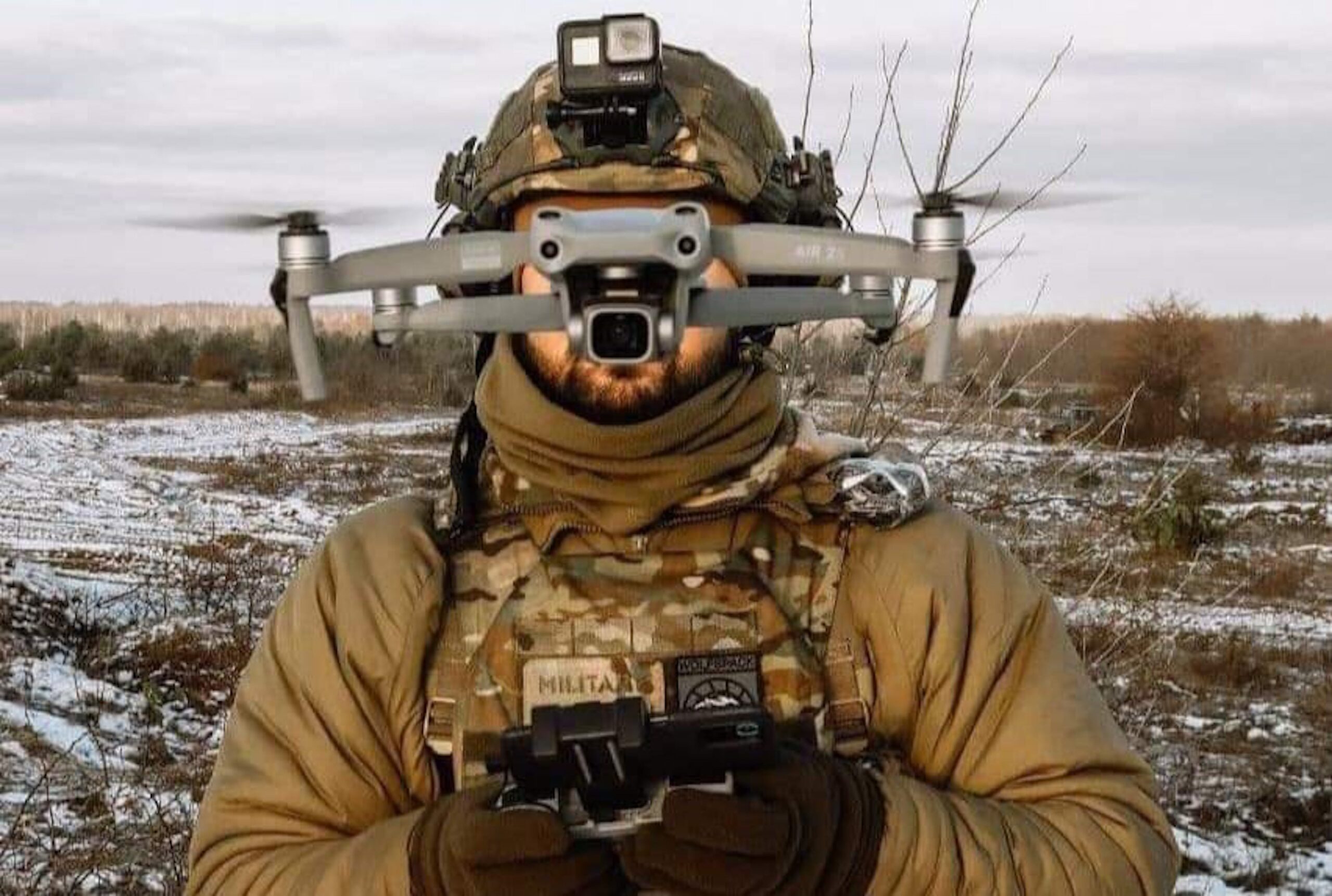
Credit: Joint Forces Command, Ukraine
At the start of the conflict, Ukraine had very little in the way of UAVs, they had some Soviet-era Tupolev platforms available, but these could hardly be called state-of-the-art. Realising the importance of UAV capabilities, ordinary Ukrainians got together and pooled their resources to purchase civilian UAVs that could be re-purposed for military use, this was the first instance of UAV crowdfunding. This led them to a company called Shenzhen Da-Jing Innovations (DJI) Technology, based in Shenzhen, Guangdong Province, China, and established in 2006. It is estimated that by 2021, DJI accounted for 70% of the commercial UAV marketplace. In 2019 DJI acquired a majority shareholding in the Swedish camera maker Hasselblad, best known for its professional medium-format cameras, this added high-end camera and optics to the DJI product lineup.
What happened in Ukraine was that DJI Phantom UAVs were purchased and then an off-the-shelf video camera was integrated, this resulting in a very cost-effective UAV capability, but it was a capability with significant limitations. The datalink from the controller to the UAV, and vice versa, can be easily detected and subject to electronic attack. Alternatively, the position of the UAV controller can be detected and subjected to a kinetic response. Here, the typical response would then be rapid, artillery or mortar fire on the position of the UAV controller, meaning that surviving required rapid changes of position and/or operating from a secure and protected location.
One comment that is often noted in post-2015 analysis of UAV operations in the Donbas conflict is how the Russians attempted to use their UAVs. If a Ukrainian position was overflown by a particular type of Russian UAV, within 10-15 minutes that position would be hit by an artillery or rocket strike. Another Russian tactic was to direct two UAVs to a particular area, one at low-level to draw fire from Ukrainian positions, with a second Russian UAV at a higher level observing proceedings and then providing targeting data for artillery to strike the unmasked Ukrainian position.

Credit: Ukraine Ground Forces
Russian Capability Development
There is no question that the Russian aerospace industry is capable of the design, development and production of advanced systems, yet like other parts of the Russian defence ecosystem, it had to cope with years of underinvestment in the post-Soviet era, limiting its growth and technical progression. The Putin era that began at the end of 1999 sought to resolve many of the issues which had emerged under Yeltsin – the power of central government was restored, there was a strategy for the future, and the national economy was gradually restored to health. As for corruption, it did not disappear, but became and a tool for the ruling elite to reward itself and its supporters.
More broadly, the underlying ideology of ‘Putinism’ calls for national renewal in Russia and a return to greatness. As a part of this process, the Russian government sought to reform its military and also return it to their perception of ‘greatness.’ In parallel with this, they looked to restore the Russian defence industry to being capable of supporting a sophisticated military power, and to invest in research and development to make up for the post-Soviet years.
If Russia was to dominate in the post-Soviet space then it needed a well-equipped, well-organised and well-led military. The ongoing conflict in Chechnya and the Russian invasion of Georgia in 2008, demonstrated the importance of military and defence industrial reform. The reform process was aimed at restoring capabilities that had been allowed to decay over the years, in addition Russian military thinkers had become fascinated by the possibilities of unmanned and autonomous systems, with interest in advanced UAVs being seen as an important development.
In the Soviet era, development of UAV-like platforms had been inconsistent, in the 1970s the Tupolev Tu-141 Strizh entered service at the end of the 1970s, followed soon afterwards by the Tupolev Tu-143 Reyes. The Tu-143 had a reconnaissance pod payload that was removed from the air vehicle for processing post-mission. The Soviets used the Tu-143 during the 1982 Lebanon War in support of their Syrian client state, and this was the conflict in which Israel first deployed the modern battlefield UAV with tremendous success. No doubt the Soviets were aware of how useful these Israeli UAVs were, but there was no real response to this development. Interestingly both the Tu-141 and Tu-143 have been used by Ukraine in the current conflict, mainly as ersatz missiles with an explosive payload. In March 2022 a Tu-141 crashed in Croatia, allegedly it was of Ukrainian origin and had gone off-course, crashing once it ran out of fuel.
The next generation of Soviet UAV was the Yakovlev ‘Pchela’. This entered service with the Soviet Air Force in the late-1980s and was used for reconnaissance, surveillance and targeting missions, and was fitted with a video downlink. The issue with these Soviet UAVs was that they were limited in comparison with what the Israelis or other Western manufacturers were doing and were increasingly falling behind the times in terms of capability.
In the post-Soviet era, the interest in UAVs was there, the ability to develop and field credible Russian UAV solutions was not. Furthermore, they were coming to the conclusion that UAVs would offer far more than a battlefield asset. If you look at Russia, the size of its borders are immense, this would be an excellent mission for UAV surveillance. Beyond that, UAVs could be used for pipeline and electrical transmission line surveillance, for emergency management and disaster relief applications. All of this created an expectation that Russia must have an effective indigenous UAV capability.
Foreign Suppliers
The Russian invasion of Georgia in 2008 provided another indication of the capabilities of UAVs, with Russian forces being on the receiving end of the Elbit Hermes 450 as used by the Georgian Defence Force. One consequence of this was that in April 2009 Russia signed a contract with Israel Aerospace Industries (IAI) valued at some USD 50 M, covering the acquisition of the Searcher II, the BirdEye 400 and the I View 150. In total 12 systems were said to have been acquired. This acquisition gave Russia access to modern UAV technology and allowed them to develop operational skills. It also provided the basis for further Israeli UAV acquisitions by Russia.
In October 2010 a second UAV contract, valued at USD 400 M, was signed by IAI and Oboronprom of Russia. Here the idea was assembly and license production of the BirdEye 400 as the ‘Zastava’ and the Searcher II as the ‘Forpost’ by the Ural Civil Aviation Plant in Ekaterinberg. It is important to note that despite the fact that these systems are produced in Russia, they relied on imported components, understood to be sourced from Israeli, German, Spanish and Swiss suppliers. In 2015 Israeli media reported another contract between IAI and Russia, said to cover the assembly of 10 Searcher II UAVs in Russia, however it is not known if this is connected to the October 2010 contract. Allegedly, Russia was also interested in the long-range IAI Heron system, but no deal was struck. Both Zastava and Forpost UAVs have been used by Russia forces in the invasion of Ukraine.
The acquisition of Israeli UAVs was an important development in the creation of an indigenous UAV capability in Russia, demonstrating what was necessary to create and deploy usable systems. Having this relationship with Russia had certain advantages for Israel, especially when Russia started to increase its involvement in the Middle East. The hope was that the relationship would see Russia restrain its clients, such as Syria and Iran, from anti-Israeli actions. Yet there were costs to the relationship as well – for instance, it appears Ukraine was interested in acquiring Israeli UAVs in 2015, but Russia heard of the potential sale and pressured Israel not to proceed. In the end Israel was unable to sanction a UAV sale to Ukraine.
Russia was also looking to acquire UAVs and technology from other sources as well. Austrian company Schiebel signed a cooperation agreement with OAO Gorizont of Russia covering the development of a variant of the S-100 Camcopter for a range of civil UAV applications in Russia. However, Schiebel’s cooperation with the Russian company has ceased since the invasion.
Meanwhile, Russia has developed a rotary wing UAV system greatly resembling the Camcopter – the Dinamika Flight Technologies BAP system, which the entered Russia service at the end of 2020. Its primary function is to act as a target for air defence systems, replicating UAVs and helicopters. The system was apparently first used in a joint exercise between Russia and Serbia in January 2021, where it was used in the training of Pantsir-S missile crews. It has since been used operationally in Ukraine.
In sum, the fact that Russia was prepared to acquire foreign systems indicated how concerned that they had become that their UAV capabilities had fallen behind international standards. Since the first foreign acquisition contract signed in 2009, the Russian UAV sector has developed remarkably. By the end of 2020, the Russian military claimed 2,100 UAVs of various types in active service.
The Syrian Testbed
Apart from the first phase of the conflict in Ukraine (2014/2015), Russia also made extensive use of UAVs during its intervention in support of the Assad regime in Syria from September 2015 onwards. UAVs were used by Russian forces and by Wagner mercenaries, and Syria provided the opportunity for Russia to build UAV tactics and support strategies in an operational environment.
Apart from foreign and foreign-inspired UAV designs, Russian industry was gradually developing a range of indigenous systems that could meet many of the emerging requirements of Russia’s military, as well as other emergent state-level customers such as the Border Guard Service/Coast Guard, the Ministry of Emergency Situations and the Ministry of Internal Affairs, among others. There were negative aspects to contend with though – there appeared to be dissatisfaction with the ability of Russian industry to meet user requirements in a timely manner.
The majority of the UAVs currently in use by Russian forces in Ukraine had previously made their full operational debut in Syria. The most numerous indigenous Russian UAV is the Orlan-10, produced by the Special Technological Centre in Saint Petersburg. More than 1,000 of these have been built, and the system has been exported to Myanmar amongst others. The Orlan-10 is available in a number of variants, including a reconnaissance, EW, and communications relay variants. Other Orlan-10 systems have been identified, with different sizes and functions. Over 100 Orlan-10 systems have been recorded lost over Ukraine.
At the smaller end, Russian domestic UAVs include the Eleron-3SV/T28M (Eniks), the Takhion mini-UAV (Kalashnikov concern), the Korsar (Rostec), and Zala Aero Group’s offer a range of UAVs from the micro level up to tactical level. However, so far programmes to develop UAVs, occupying the same roles as the US Predator or Reaper systems have yielded little in the way of functional capability. Systems in this category include the Altius-M (Tranzas/Simonov) and the S-70 Okhotnik (Sukhoi), as well as the Orion, Sirius, Helios, and Grom UAVs from Kronshtadt Group.
Returning to Russian UAV operations, in Donbas and in Syria Russia worked on a concept called the Reconnaissance-Strike Complex (RSC). In an RSC, UAVs provide surveillance and targeting data to a central command node, who then coordinate the employment of tactical aviation, long-range missile systems or other long-rage fires to rapidly strike targets located by UAVs. Should everything work as intended, the RSC should allow Russian forces to effectively deploy long-range fires across the whole battle area.
In Syria, Russian UAVs also had to cope with an operational environment were counter-UAV systems were employed, they also had to practice deconfliction as they were operating in an area where others were flying aircraft and helicopters, as well as UAVs, some hostile and some not. Russia also deployed its own EW systems in Syria, some of which were optimised for the counter-UAV mission. As to the intensity of Russian UAV operations in Syria, an official statement as of October 2017 noted that 16,000 UAV missions had been flown, totalling 96,000 flight hours. By the end of 2017, Russian officials were claiming that they had 60 to 79 UAVs in operation daily. By July 2018, Russia released figures stating a total of 23,000 missions had been flown, totalling 140,000 flight hours. The main lesson drawn from Syria was that modern operations were not possible without the possession of an effective UAV capability.
Unexpected Solutions
The twin weaknesses of Russian industry’s inability to meet domestic demand and its reliance on foreign components were exposed after the February 2022 invasion of Ukraine turned into a protracted high-intensity conflict. The Russian military was expecting a lot from its UAVs, but found itself unable to replace losses a quickly as it would like. On top of that, the imposition of trade embargoes by US, European and other suppliers made it increasingly difficult to acquire the necessary components.
To resolve this situation, Russia did something unexpected by turning to Iran to supply a range of UAVs. As Iran was used to operating under embargoes, it could supply systems that not vulnerable to supply chain interference. Added to this, many Iranian UAVs were successfully combat proven across the Middle East, both in reconnaissance and attack missions, many of which were over long-ranges, against both land and maritime targets. It should be noted that analysis of Iranian UAVs indicates the presence of components of US and European origin. These should not be available to Iran under UN sanctions, indicating that Iran has found a way to circumvent sanctions.
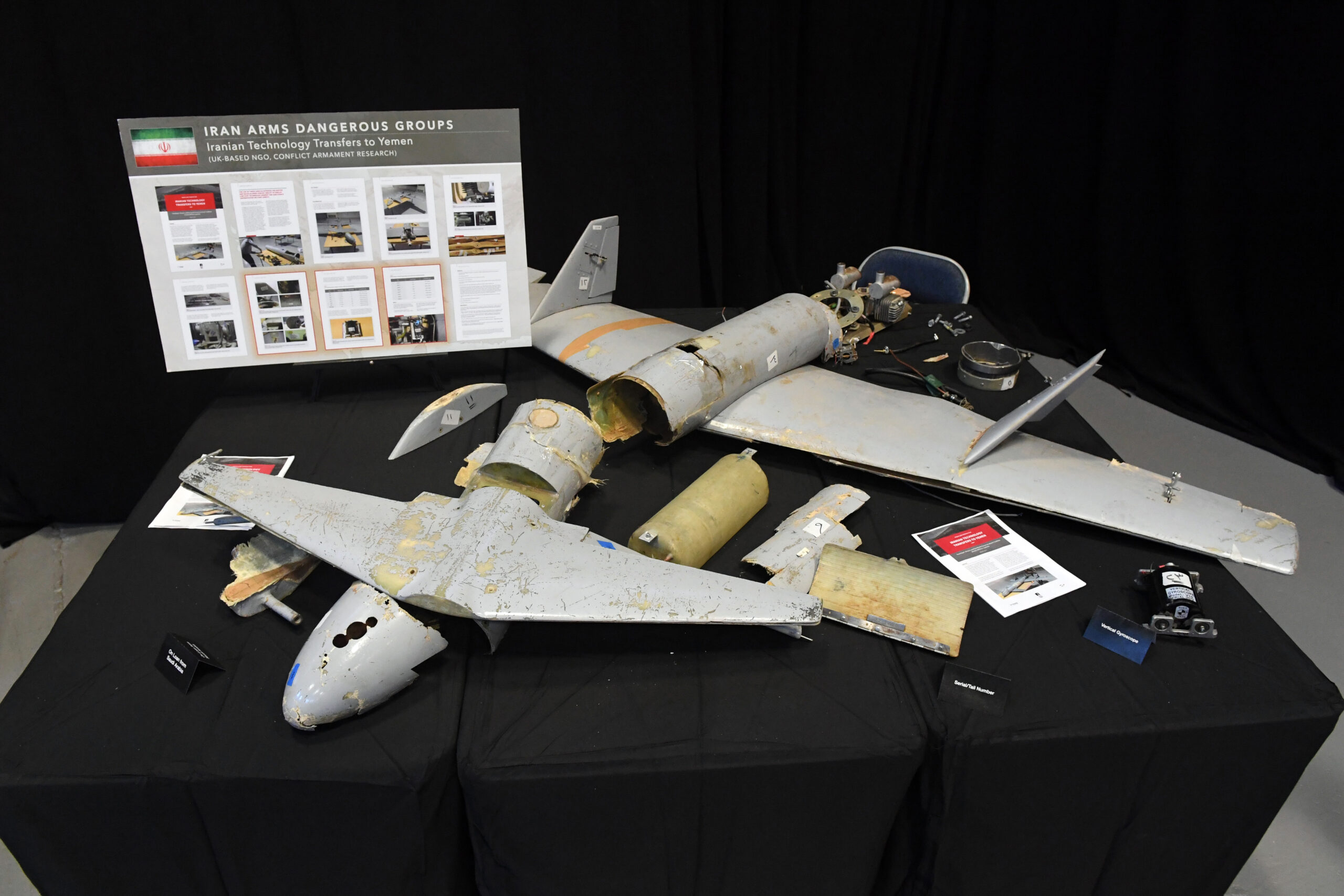
Credit: US DoD
More recently there have been media reports that a new factory to manufacture Iranian UAVs is to be built in Russia. This makes sense from both a Russian perspective and from an Iranian perspective, especially since Iranian UAV manufacturing facilities were hit in a UAV strike recently by ‘unknown assailants’. The systems most likely to be manufactured are the Shahed-131, Shahed-136 and the Mohajer 6, which appear more capable than previous Iranian models investigated in the Middle East. Obviously, both Russia and Iran have a high degree of confidence that they can continue to acquire UAV components, many of which are military-grade, without interruption from foreign suppliers.
Iran probably has the capacity to meet Russian UAV demands, assuming that the damage to their manufacturing facilities from the recent attack was not too heavy. Once the new Russian manufacturing facility comes online, there will be a secure production site likely capable of meeting Russian and Iranian UAV requirements. This is arguably one of the most important Russian UAV developments since the decision to acquire Israeli systems in 2009 and 2010.
The Other Side
When you consider the size of the Russian defence industrial base, its undoubted capabilities, engineering resources and, in recent years, access to development funding, their progress in terms of UAVs has not been a success story. In many ways, the need to acquire Iranian UAVs is a rather damning indictment of Russian efforts to develop their own capabilities in this area and to ensure that they had a secure supply chain.
For Ukraine the situation was very different, they did not have the massive defence industrial base, or the resources to fund UAV development and acquisition on a large scale. What they could do was develop some innovative small-scale indigenous UAV solutions, and purchase the rest from foreign suppliers, although their financial resources were limited prior to the current conflict.
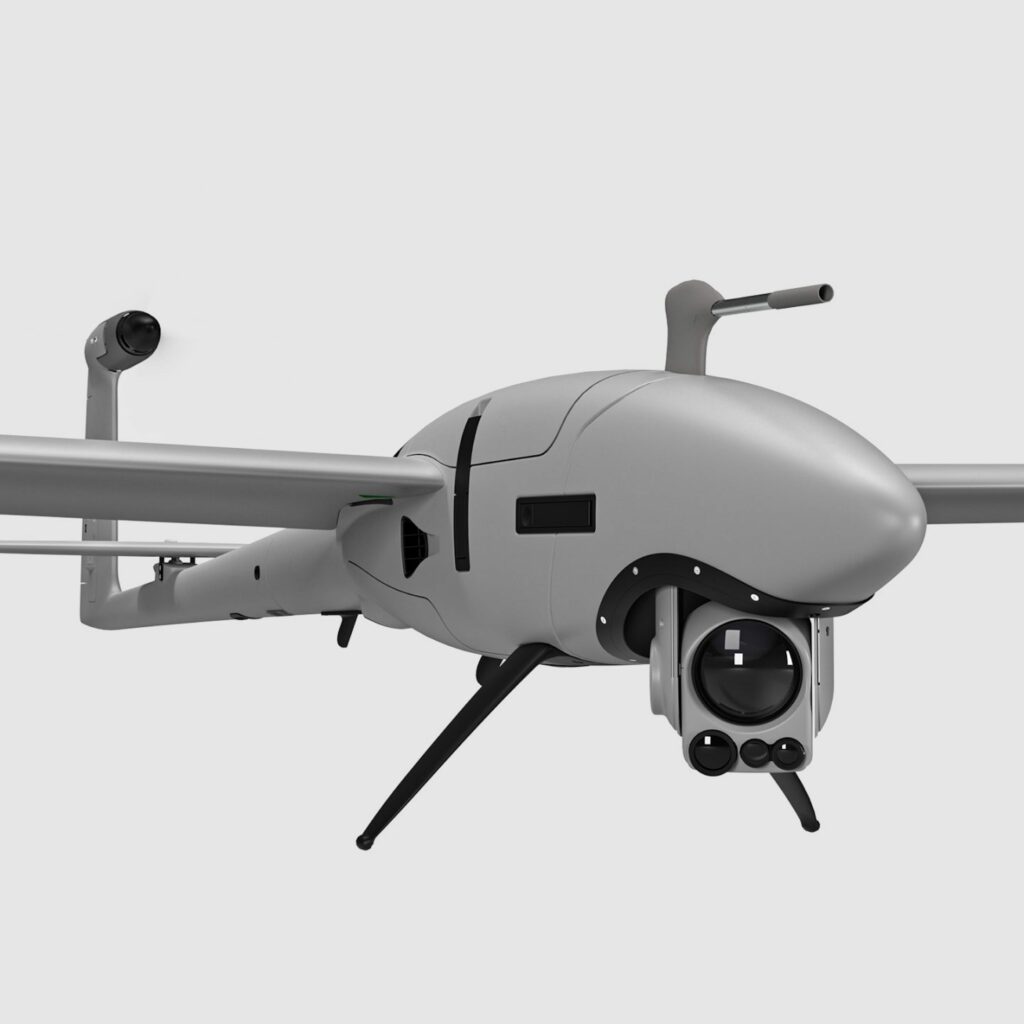
Credit: Quantum Systems
Ukraine is now in a position to buy UAVs if necessary – in August 2022, they purchased 33 Vector UAVs systems from a German company, Quantum-Systems. In January 2023, they placed an order for 105 more Vector systems and, according to German media reports, each Vector is priced at EUR 180,000. There can be little doubt that Ukraine will look to bolster its UAV capabilities through more foreign acquisitions, as well as local developments. If little else, this war is demonstrating that UAV capabilities are becoming ever more central to modern military operations.
David Saw






